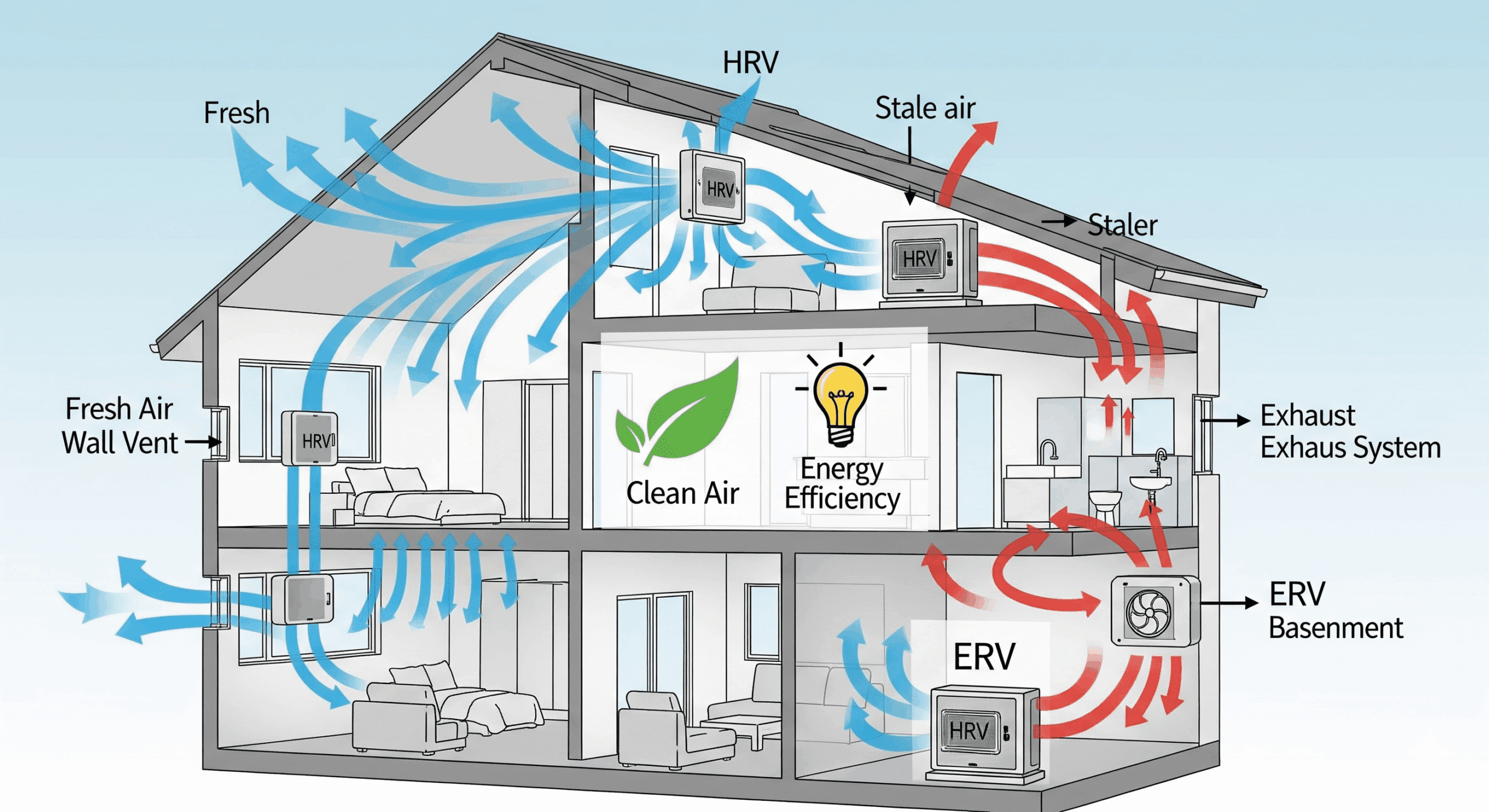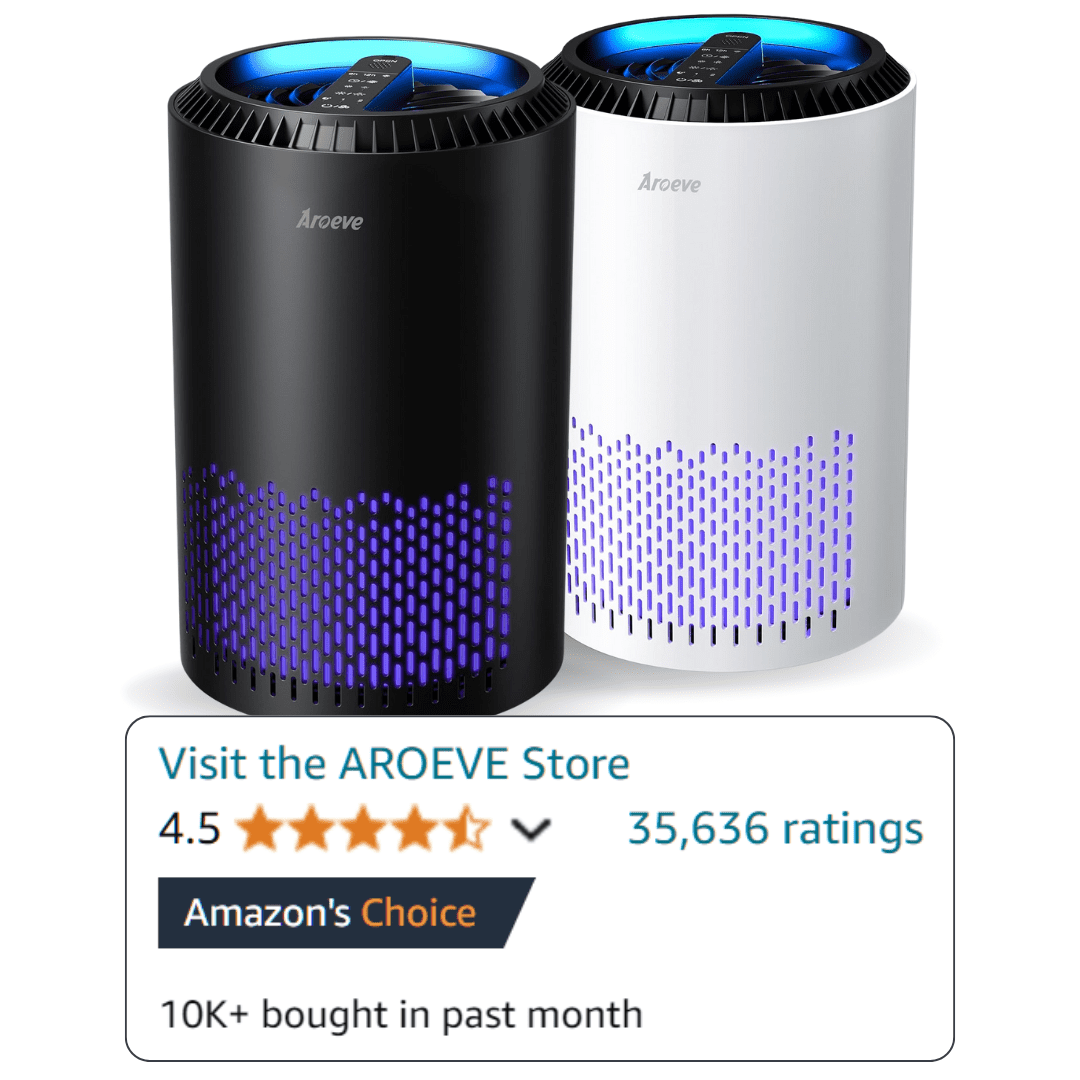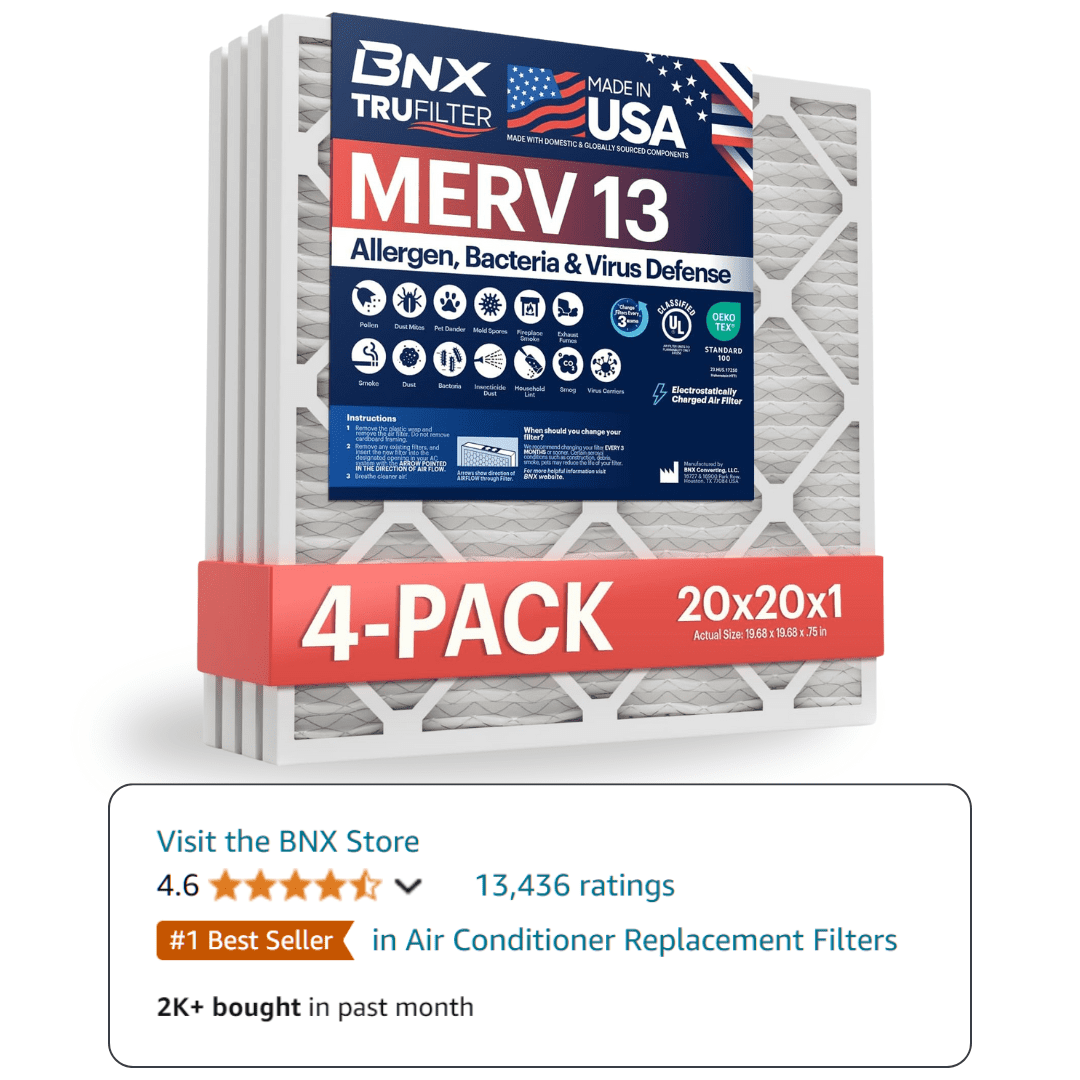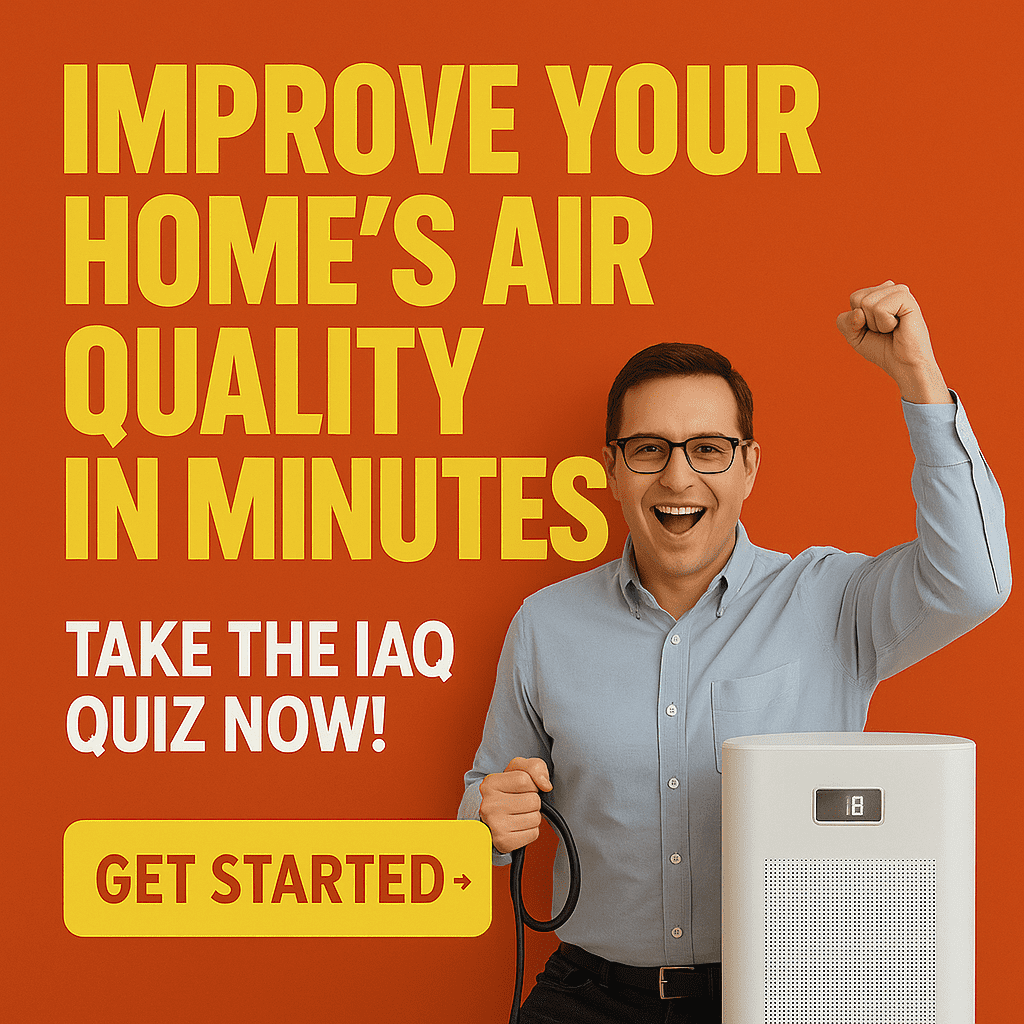What is a Fresh Air Ventilation System?
How Fresh Air Systems Work
Fresh air ventilation systems use fans and ductwork to create controlled airflow patterns throughout your home. The system draws outdoor air through intake vents, filters it to remove pollutants, and distributes it to living spaces. Simultaneously, stale indoor air gets exhausted through dedicated outlets or return ducts.
Most systems include variable speed controls that adjust airflow based on occupancy, humidity levels, or air quality readings. Advanced models integrate with your existing HVAC system, coordinating operation to maintain comfort while ensuring adequate ventilation rates.
The ASHRAE Standard 62.2 requires homes to maintain specific ventilation rates based on square footage and occupancy. A 2,000 square foot home with three bedrooms typically needs 60-75 CFM of continuous fresh air to meet these standards.
Types of Home Ventilation Systems
Three main categories define residential ventilation: exhaust-only, supply-only, and balanced systems. Each type addresses different home characteristics and climate conditions.
Exhaust-only systems remove stale air while relying on natural infiltration for fresh air replacement. Supply-only systems actively bring in fresh air while allowing natural exfiltration. Balanced systems control both intake and exhaust, providing the most precise air exchange control.
The best whole home ventilation systems depend on your home’s construction, local climate, and existing HVAC configuration.
Benefits of Proper Home Ventilation
Controlled ventilation reduces indoor pollutant concentrations by 40-60% compared to natural infiltration alone, according to EPA studies. This includes volatile organic compounds from furniture and cleaning products, excess humidity that promotes mold growth, and carbon dioxide buildup from occupants.
Energy recovery ventilation systems can reduce heating and cooling costs by 20-30% in extreme climates by pre-conditioning incoming air. In winter, outgoing warm air heats incoming cold air. In summer, cool indoor air pre-cools hot outdoor air before it enters your living space.
Proper ventilation also prevents structural damage from moisture accumulation in walls and attics, potentially saving thousands in repair costs over your home’s lifetime.
Signs Your Home Needs a Fresh Air Ventilation System
Poor Indoor Air Quality Indicators
Persistent odors that don’t dissipate within 30 minutes indicate insufficient air exchange rates. Cooking smells, pet odors, or chemical fumes from cleaning products should clear quickly in properly ventilated homes.
Visible condensation on windows during winter months signals excess humidity that natural ventilation cannot adequately remove. This moisture creates ideal conditions for mold growth and dust mite proliferation.
Carbon dioxide levels above 1,000 ppm in occupied rooms suggest inadequate fresh air supply. Portable CO2 monitors can help identify problem areas where ventilation improvements would provide the most benefit.
Humidity and Moisture Problems
Indoor humidity consistently above 60% or below 30% indicates ventilation system deficiencies. Why homes need fresh air becomes critical when natural air exchange cannot maintain proper moisture balance.
Mold growth in bathrooms, basements, or closets often results from inadequate moisture removal. Even small amounts of visible mold indicate humidity levels that exceed your home’s natural drying capacity.
Water stains on ceilings or walls, particularly in upper floors, may result from moisture-laden air condensing in building cavities due to insufficient ventilation.
Stale Air and Odor Issues
Rooms that feel stuffy despite comfortable temperatures lack adequate air circulation. This sensation often occurs in bedrooms, home offices, or basement areas with limited natural ventilation.
Allergic reactions that worsen indoors compared to outdoors suggest pollutant accumulation that fresh air dilution could address. Common triggers include dust mites, pet dander, and volatile organic compounds from household products.
Frequent headaches, fatigue, or respiratory irritation experienced primarily at home may indicate poor indoor air quality that mechanical ventilation could improve.
Types of Fresh Air Ventilation Systems for Homes
Exhaust-Only Ventilation Systems
Exhaust-only systems use fans to remove stale air from bathrooms, kitchens, and utility rooms while relying on natural infiltration to supply fresh air. These systems work best in mild climates where incoming air doesn’t require significant conditioning.
Installation costs range from $800-$1,500 for whole-house exhaust systems. Operating costs remain low since only exhaust fans consume electricity. However, these systems cannot filter incoming air or recover energy from exhausted air.
Exhaust-only ventilation suits homes in Climate Zones 1-3 where heating and cooling loads are minimal. In colder climates, uncontrolled infiltration can create comfort problems and increase energy costs.
Supply-Only Ventilation Systems
Supply-only systems actively bring filtered outdoor air into homes while allowing natural exfiltration through building leaks and exhaust fans. A central fan draws air through a filter and distributes it through dedicated ducts or existing HVAC ductwork.
These systems cost $1,200-$2,500 installed and provide better air quality control than exhaust-only systems since incoming air gets filtered. Supply-only ventilation works well in hot, humid climates where pressurizing the home prevents moisture infiltration.
The main limitation involves uncontrolled air leakage that can carry moisture into building cavities in humid climates or cause excessive heat loss in cold regions.
Balanced Ventilation Systems (ERV/HRV)
Balanced systems provide equal amounts of supply and exhaust ventilation, maintaining neutral pressure while controlling both incoming and outgoing airflow. Three types of ventilation systems include heat recovery ventilators (HRV) and energy recovery ventilators (ERV).
HRV systems transfer heat between incoming and outgoing air streams without exchanging moisture. ERV systems transfer both heat and humidity, making them ideal for hot, humid climates where moisture control is critical.
Installation costs range from $2,500-$4,500 for whole-house systems. Energy recovery ventilation systems can reduce HVAC operating costs by 15-25% in extreme climates.
Choosing the Right Fresh Air System for Your Home
Home Size and Layout Considerations
Calculate your home’s ventilation requirements using the ASHRAE 62.2 formula: 7.5 CFM per person plus 1 CFM per 100 square feet of floor area. A 2,000 square foot home with four occupants needs 50 CFM continuous ventilation (30 CFM for occupants plus 20 CFM for floor area).
Multi-story homes benefit from balanced systems that can address stack effect issues. Single-story homes with open floor plans may work well with simpler exhaust-only or supply-only systems.
Homes with existing ductwork can often integrate ventilation systems with HVAC equipment, reducing installation costs. Houses without central air systems may require dedicated ventilation ductwork.
Climate Zone Requirements
Cold climates (Zones 6-8) favor HRV systems that recover heat without transferring moisture. These systems prevent frozen condensate while reducing heating costs during winter months.
Hot, humid climates (Zones 1-3) benefit from ERV systems that remove moisture from incoming air during summer months. This reduces cooling loads and prevents humidity problems.
Mixed climates (Zones 4-5) can use either HRV or ERV systems depending on specific humidity concerns. Homes with swimming pools or hot tubs typically need ERV systems regardless of climate zone.
Budget and Energy Efficiency Factors
Entry-level exhaust-only systems provide basic ventilation at the lowest cost but offer no energy recovery. Mid-range supply-only systems add filtration and better air distribution for moderate additional cost.
Premium balanced systems with energy recovery cost more upfront but provide long-term energy savings. Mechanical ventilation advantages include reduced HVAC runtime and improved comfort consistency.
Federal tax credits up to $300 apply to qualifying energy recovery ventilation equipment. Many utility companies offer additional rebates for high-efficiency systems that reduce peak demand.
Installation and Maintenance Requirements
Professional vs DIY Installation
Simple exhaust-only systems with bathroom and kitchen fans can be DIY projects for experienced homeowners. However, whole-house systems require ductwork modifications, electrical connections, and control integration that typically need professional installation.
Balanced systems with energy recovery require precise airflow balancing to achieve rated efficiency. Improper installation can reduce energy recovery effectiveness by 30-50% while creating comfort problems.
Professional ventilation installation ensures proper sizing, ductwork design, and system commissioning. Licensed contractors also handle permit requirements and code compliance issues.
Ongoing Maintenance Needs
Filter replacement every 3-6 months maintains system efficiency and indoor air quality. High-efficiency filters may need more frequent changes in dusty environments or homes with pets.
Energy recovery cores require annual cleaning to maintain heat transfer efficiency. Some cores are washable while others need replacement every 5-7 years depending on local air quality.
Fan motors and controls typically last 10-15 years with proper maintenance. Annual inspections can identify worn components before they fail and cause system downtime.
Cost Considerations and ROI
Operating costs for ventilation systems range from $50-$200 annually depending on system type and local electricity rates. Energy recovery systems offset operating costs through reduced HVAC loads.
Maintenance costs average $100-$300 per year including filter replacements and professional tune-ups. This investment protects indoor air quality and extends equipment life.
Property value increases of $2,000-$5,000 are common for homes with whole-house ventilation systems, particularly in markets where indoor air quality awareness is high.
Fresh Air Ventilation System Costs and Financing
System Costs by Type
Exhaust-only systems cost $800-$1,500 installed for basic whole-house coverage. This includes multiple exhaust fans, controls, and basic ductwork modifications.
Supply-only systems range from $1,200-$2,500 installed depending on filtration requirements and ductwork complexity. Systems that integrate with existing HVAC equipment cost less than standalone installations.
Balanced systems with energy recovery cost $2,500-$4,500 installed for typical residential applications. Premium systems with advanced controls and high-efficiency cores can exceed $6,000 in complex installations.
Installation Expenses
Ductwork modifications add $500-$1,500 to installation costs depending on accessibility and complexity. Homes with finished basements or multiple stories require more extensive ductwork.
Electrical work for controls and fan power typically costs $200-$500. Smart controls that integrate with home automation systems add $300-$800 to project costs.
Permit fees range from $50-$200 in most jurisdictions. Some areas require energy calculations or commissioning reports that add professional fees.
Financing Options and Rebates
Many HVAC contractors offer financing plans with terms from 12-60 months. Interest rates vary based on credit scores and promotional periods.
Utility rebates for energy recovery systems range from $200-$1,000 depending on efficiency ratings and local programs. Some utilities offer additional incentives for smart controls or demand response capabilities.
Federal tax credits apply to qualifying energy recovery ventilation equipment through 2032. State and local incentives vary but can provide additional savings for high-efficiency installations.




